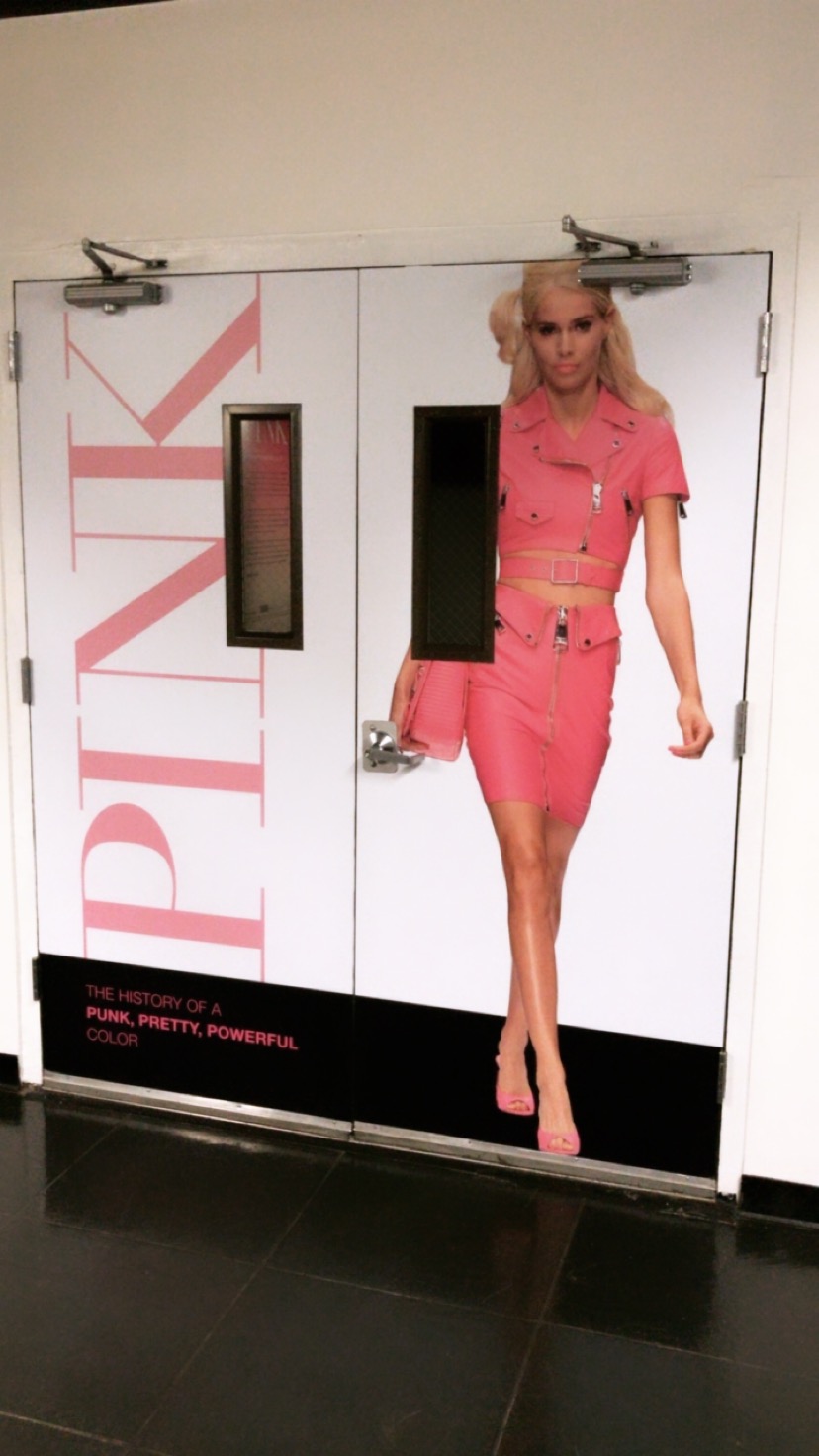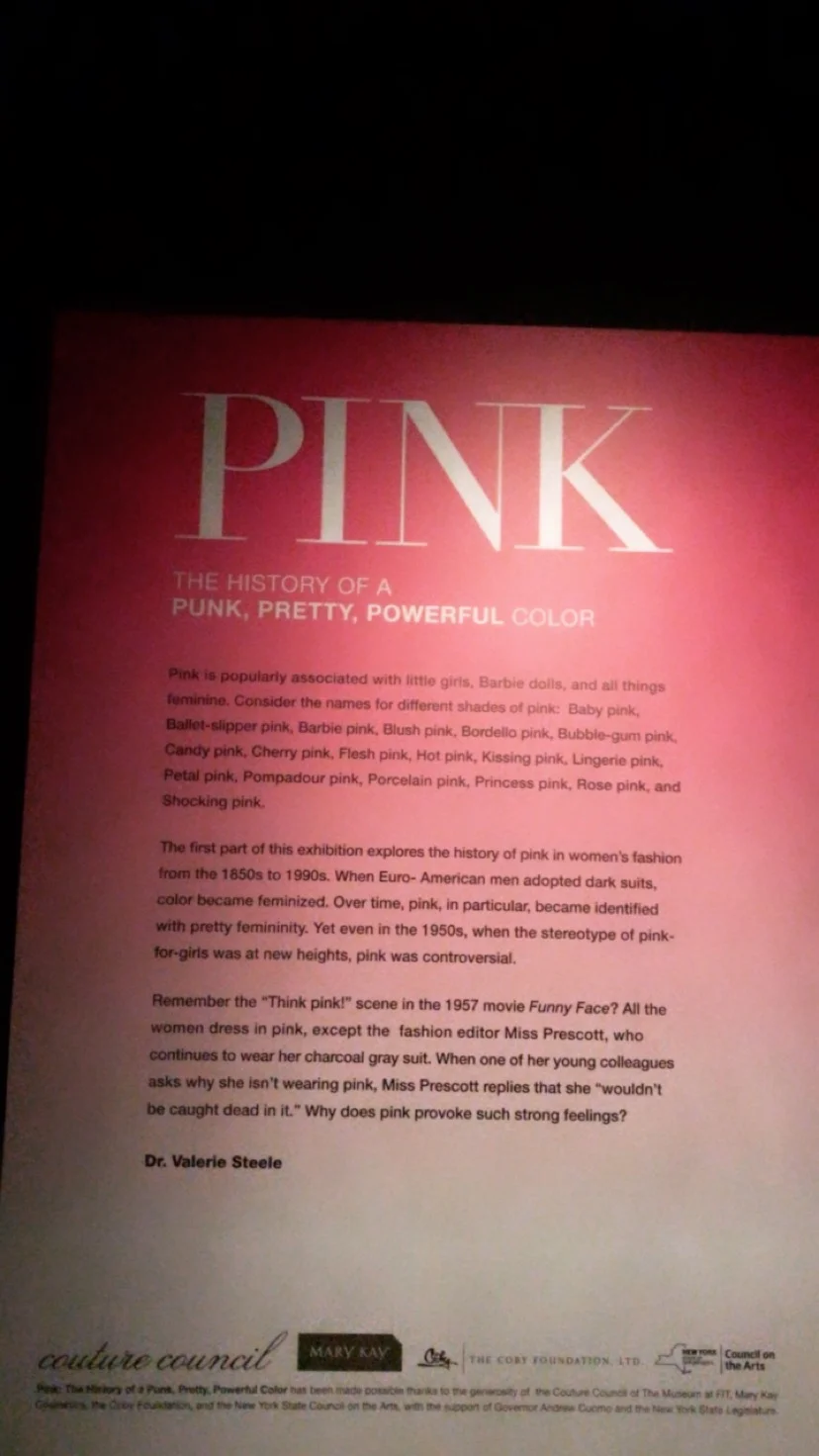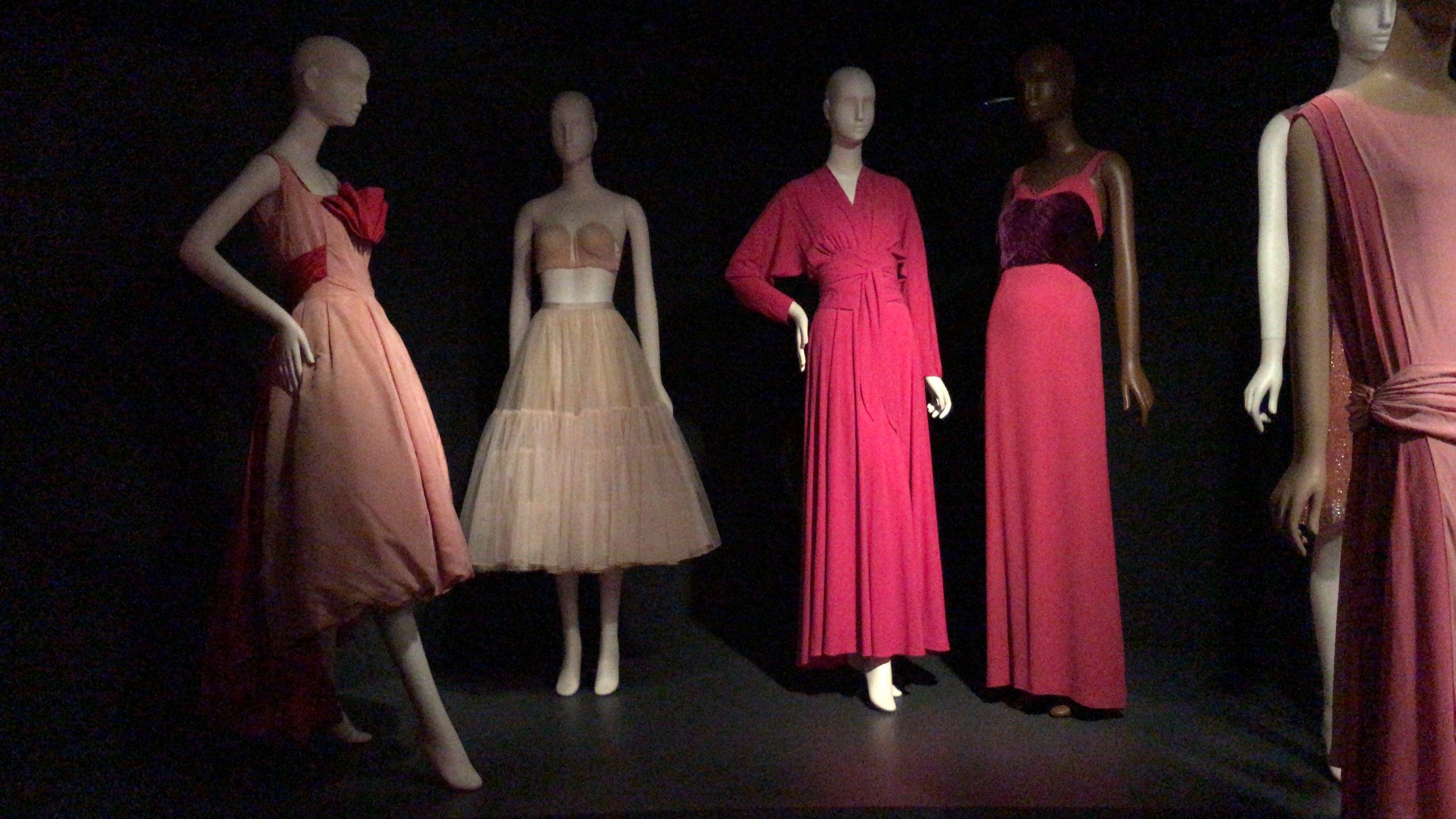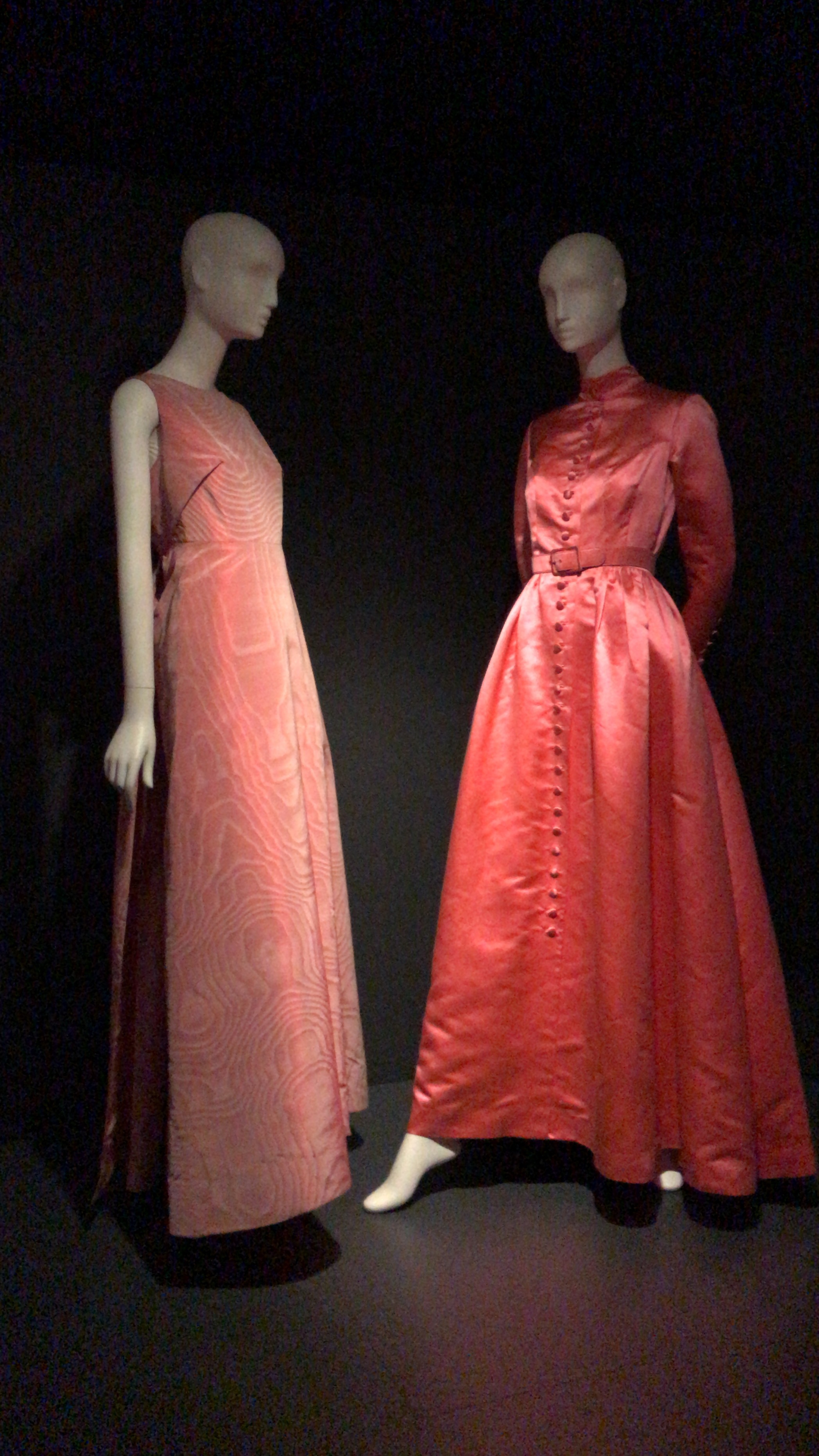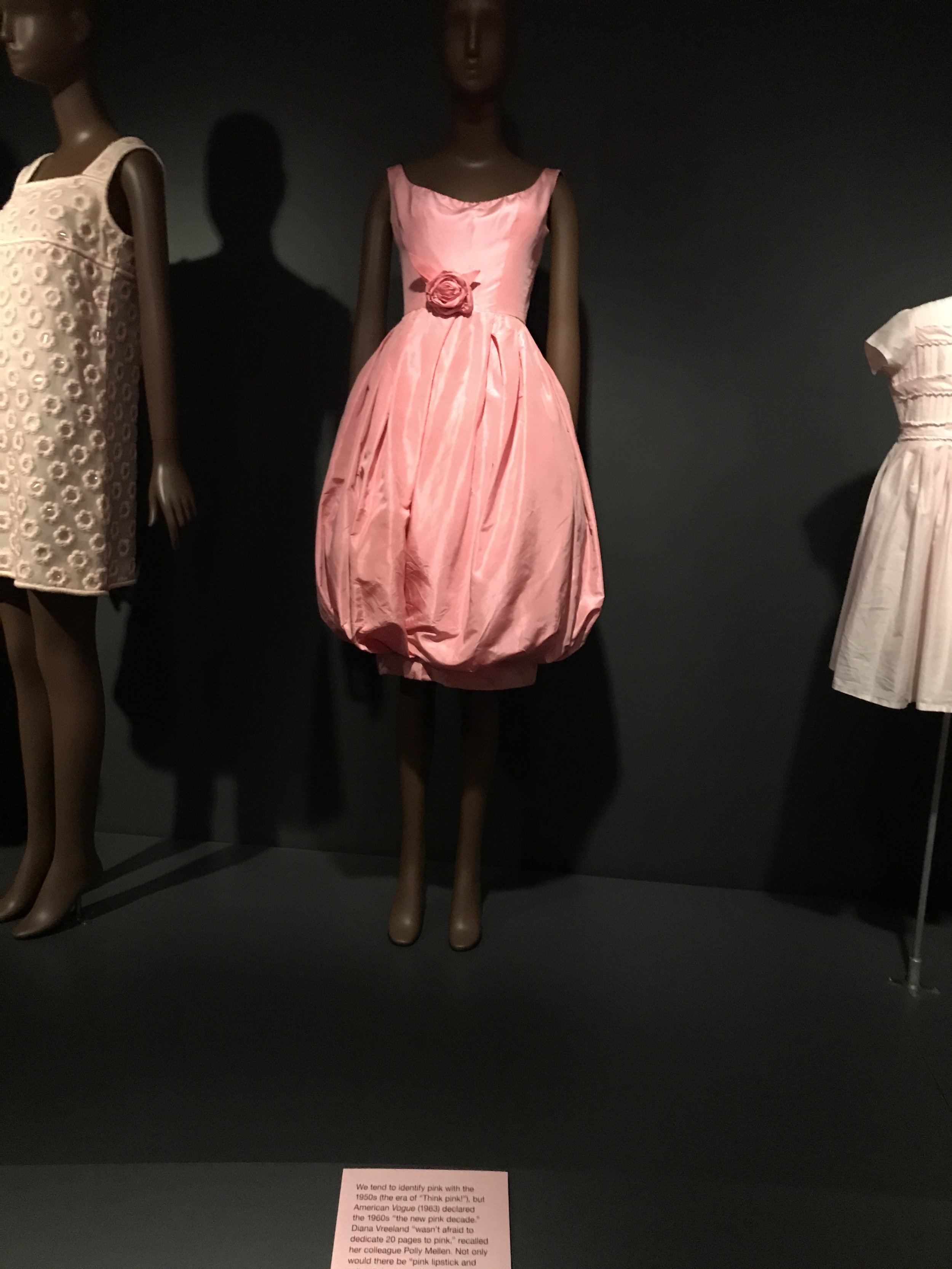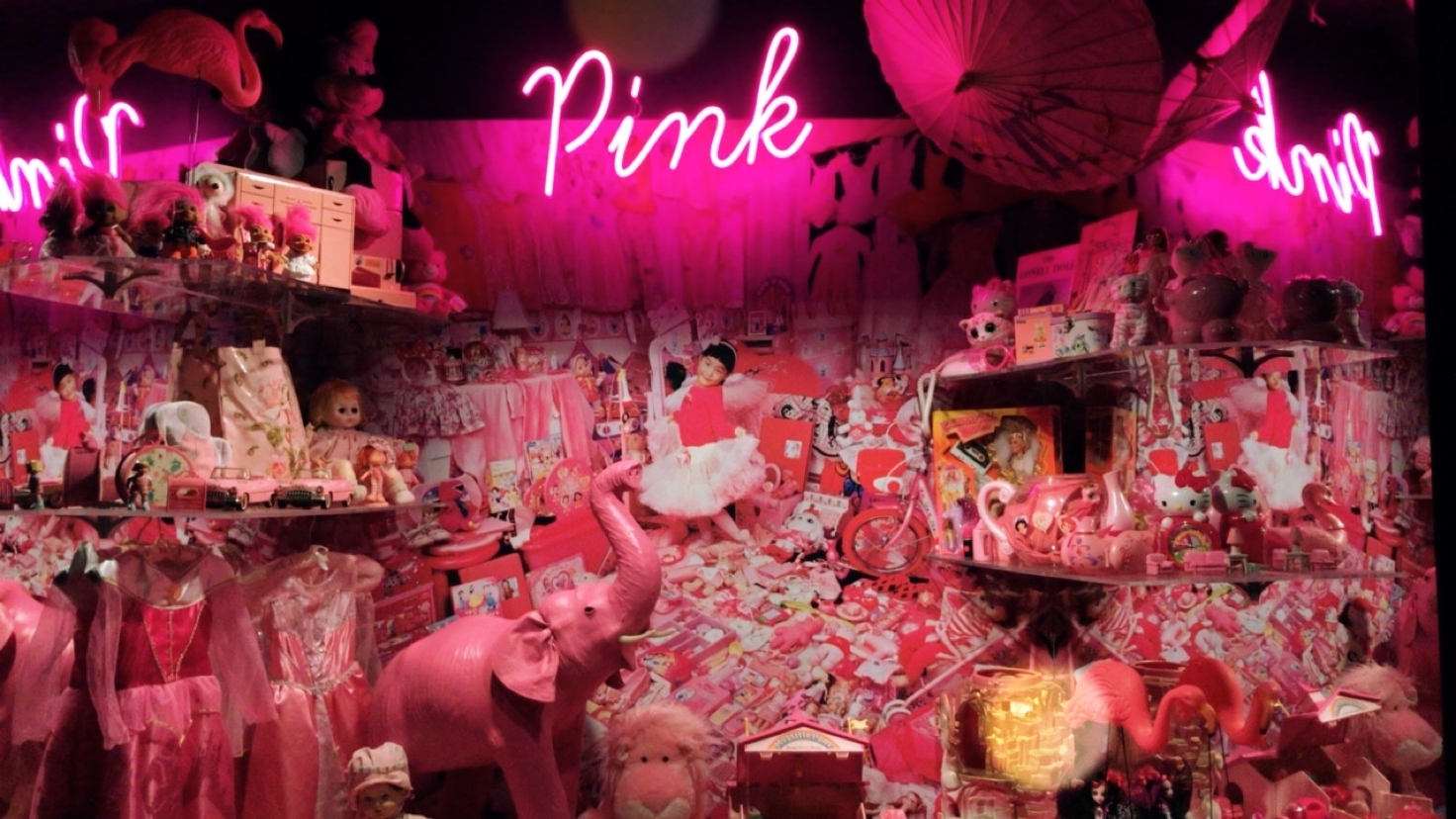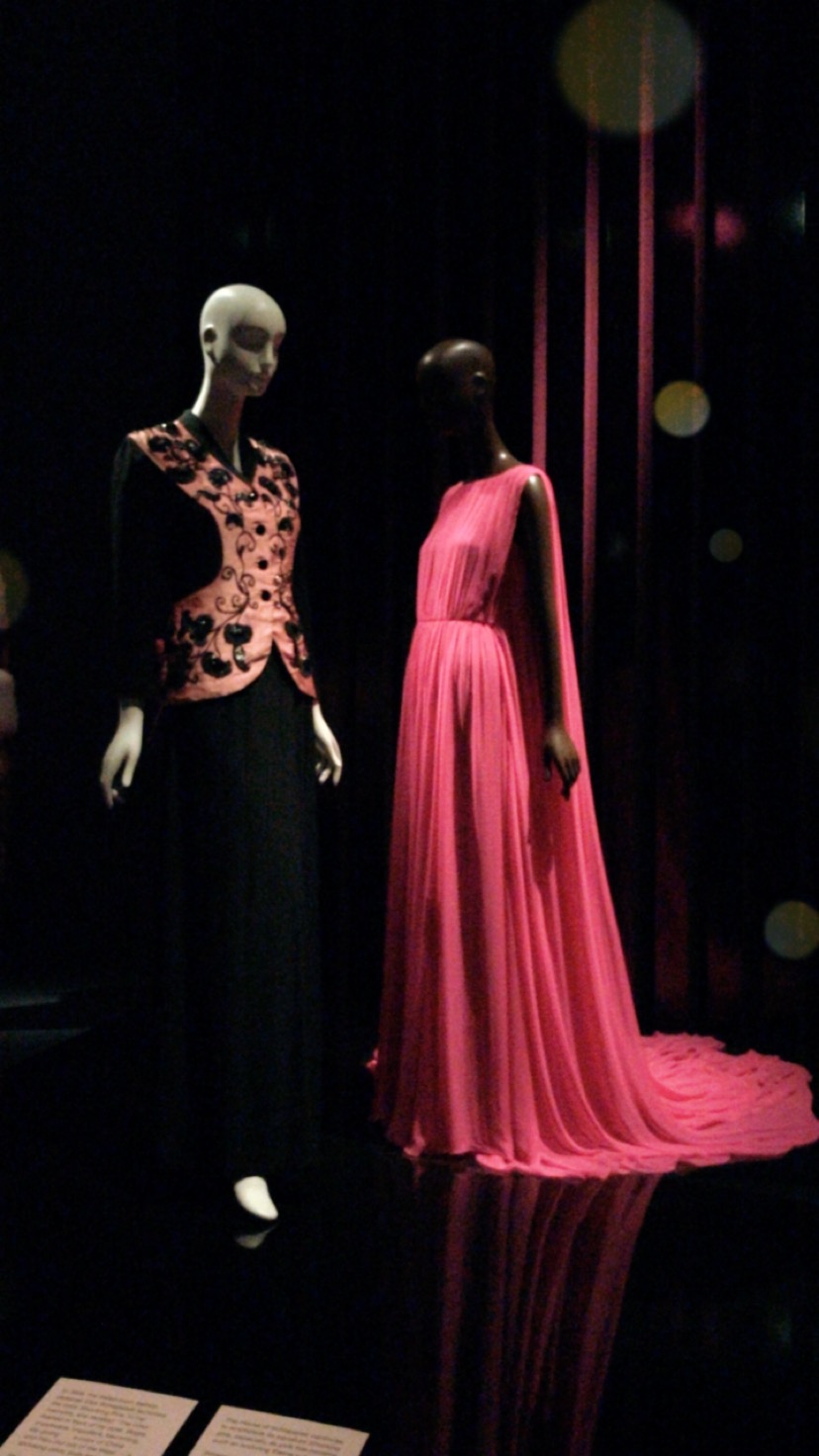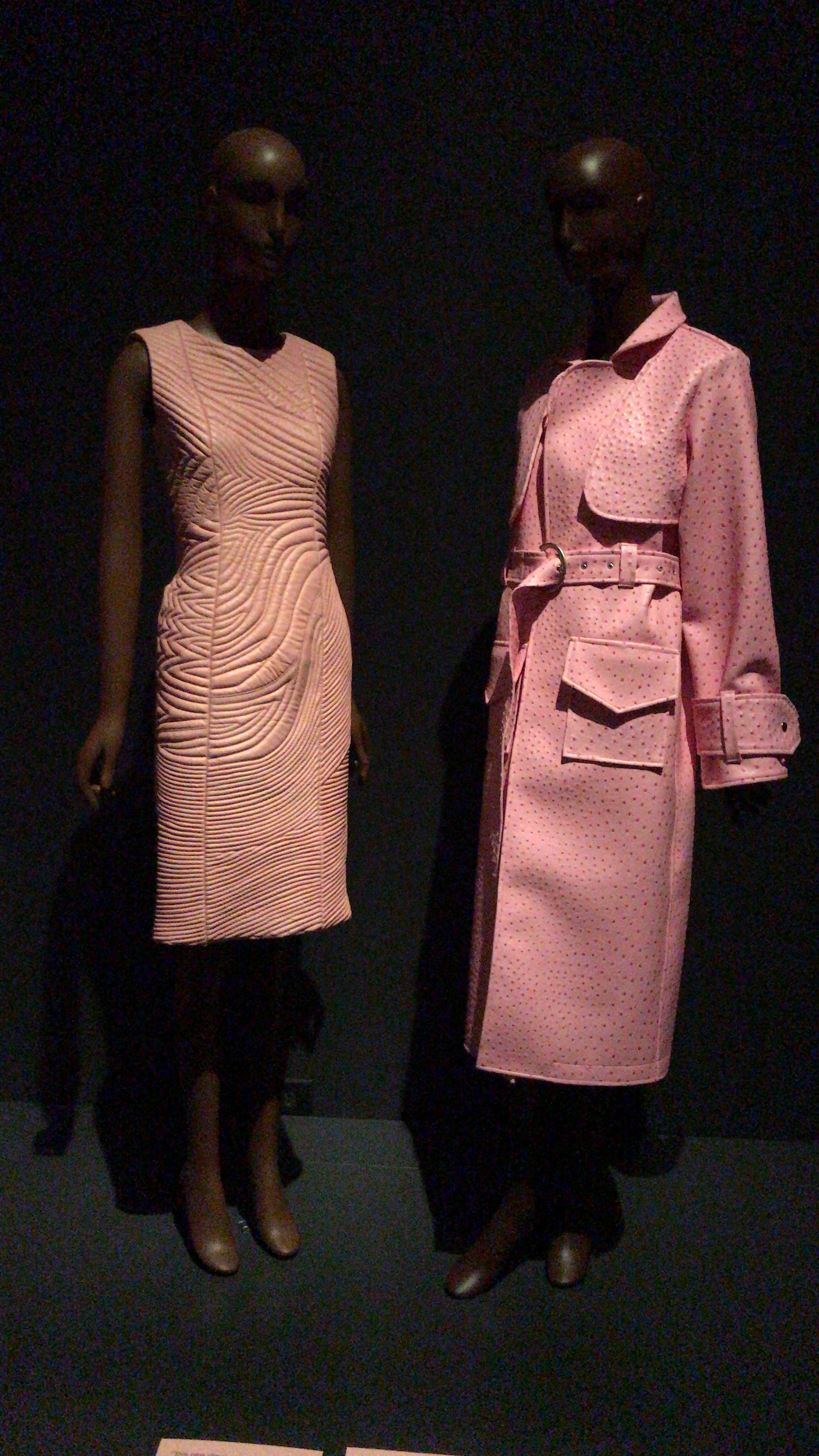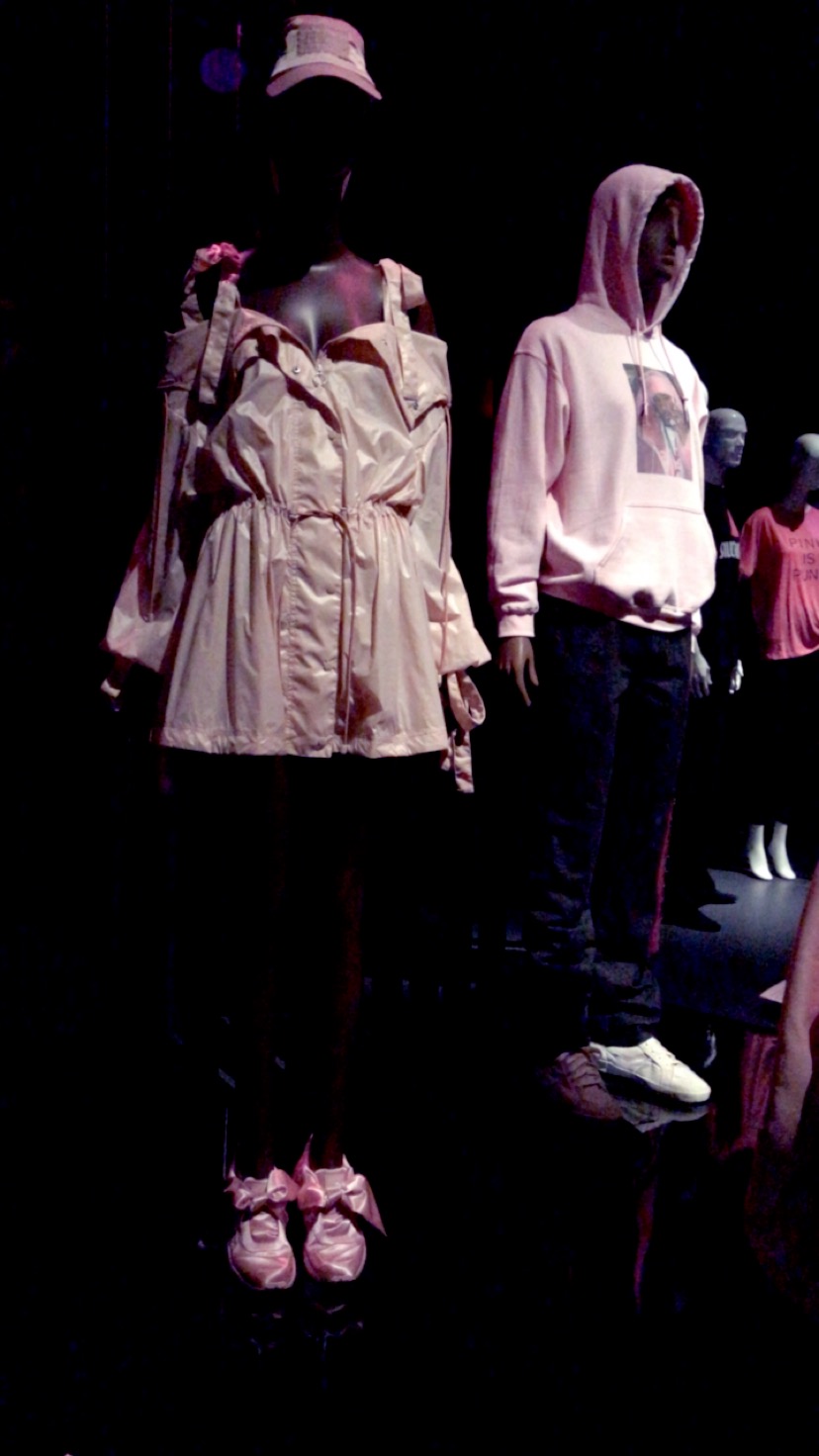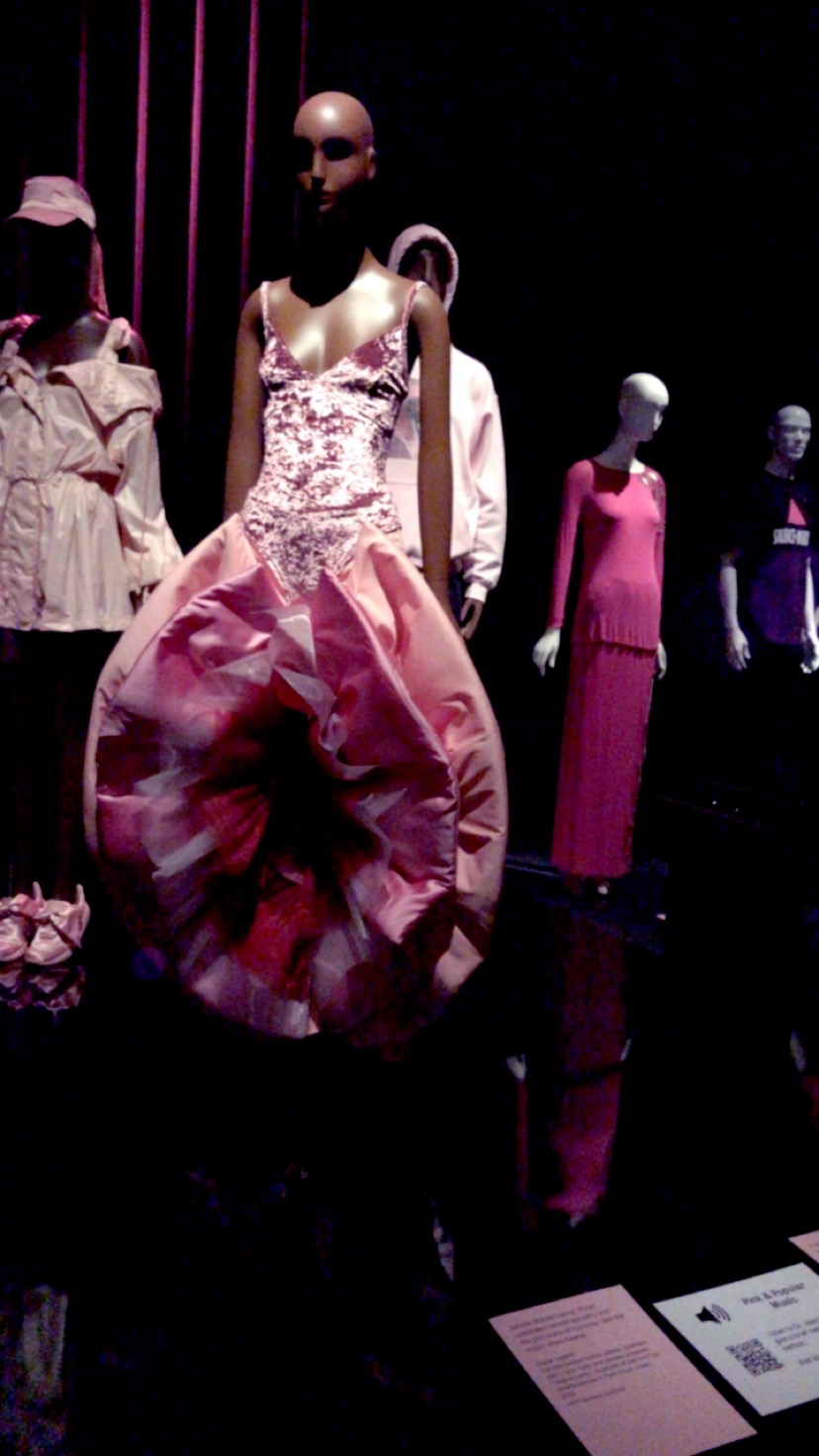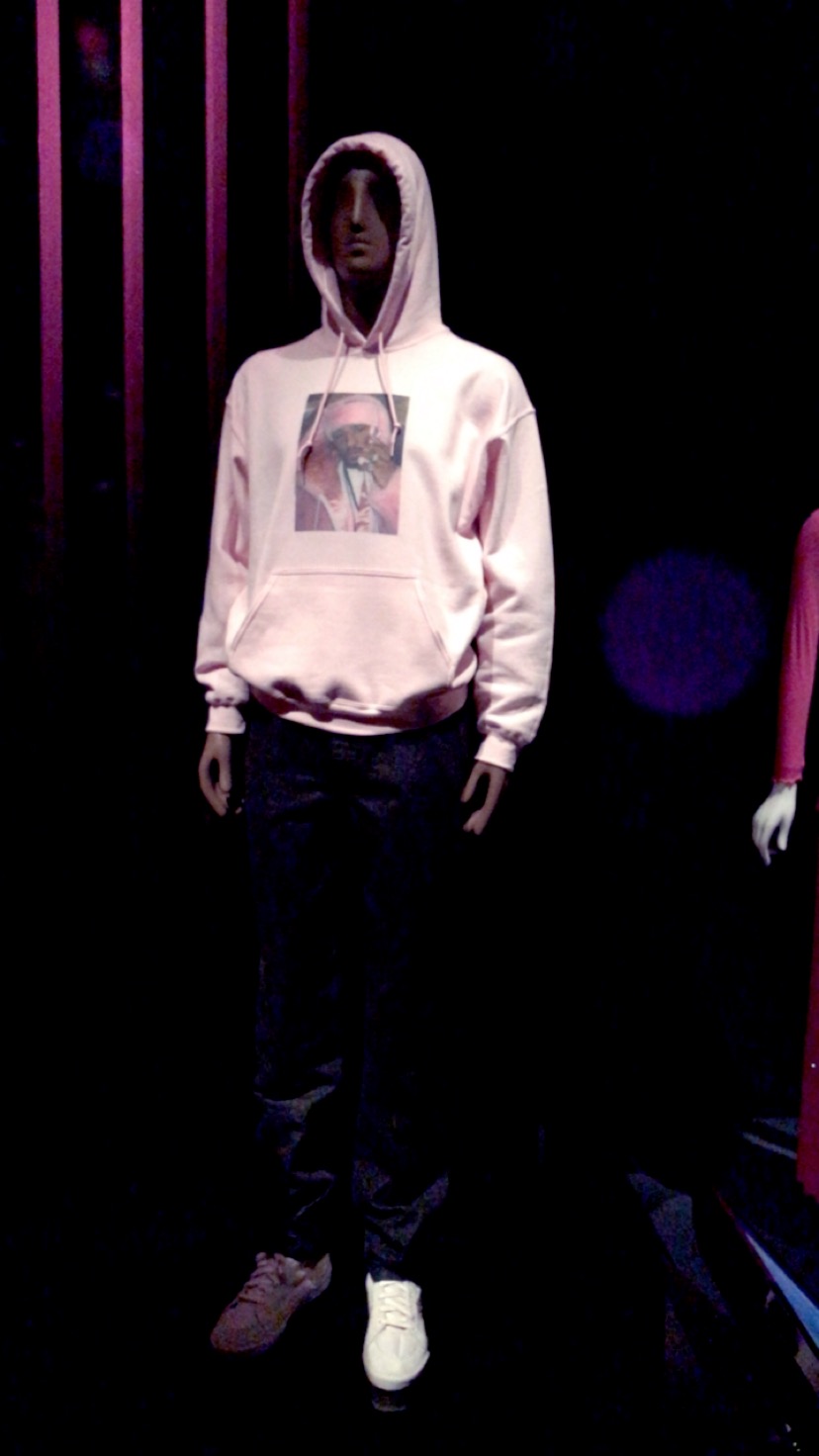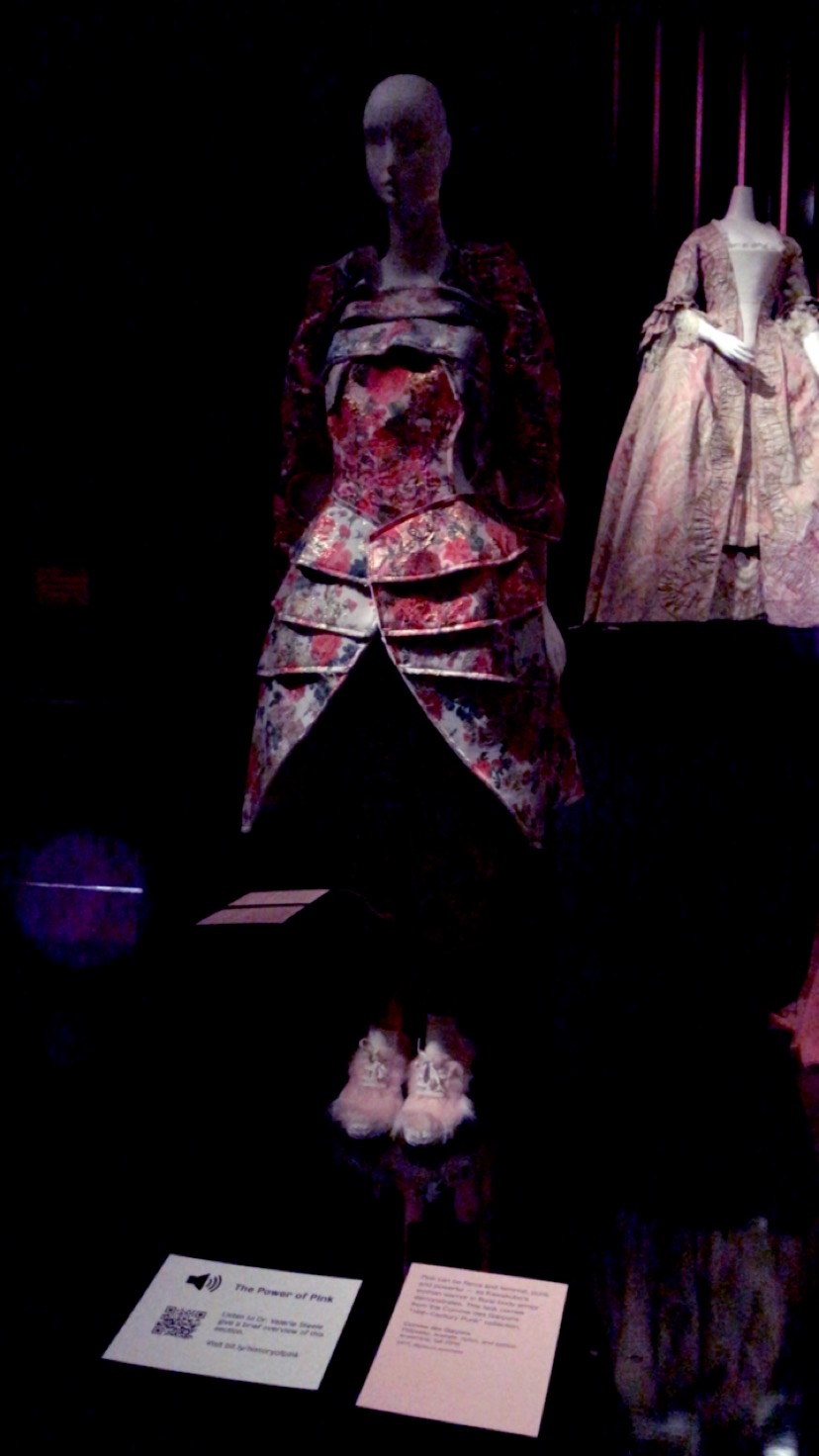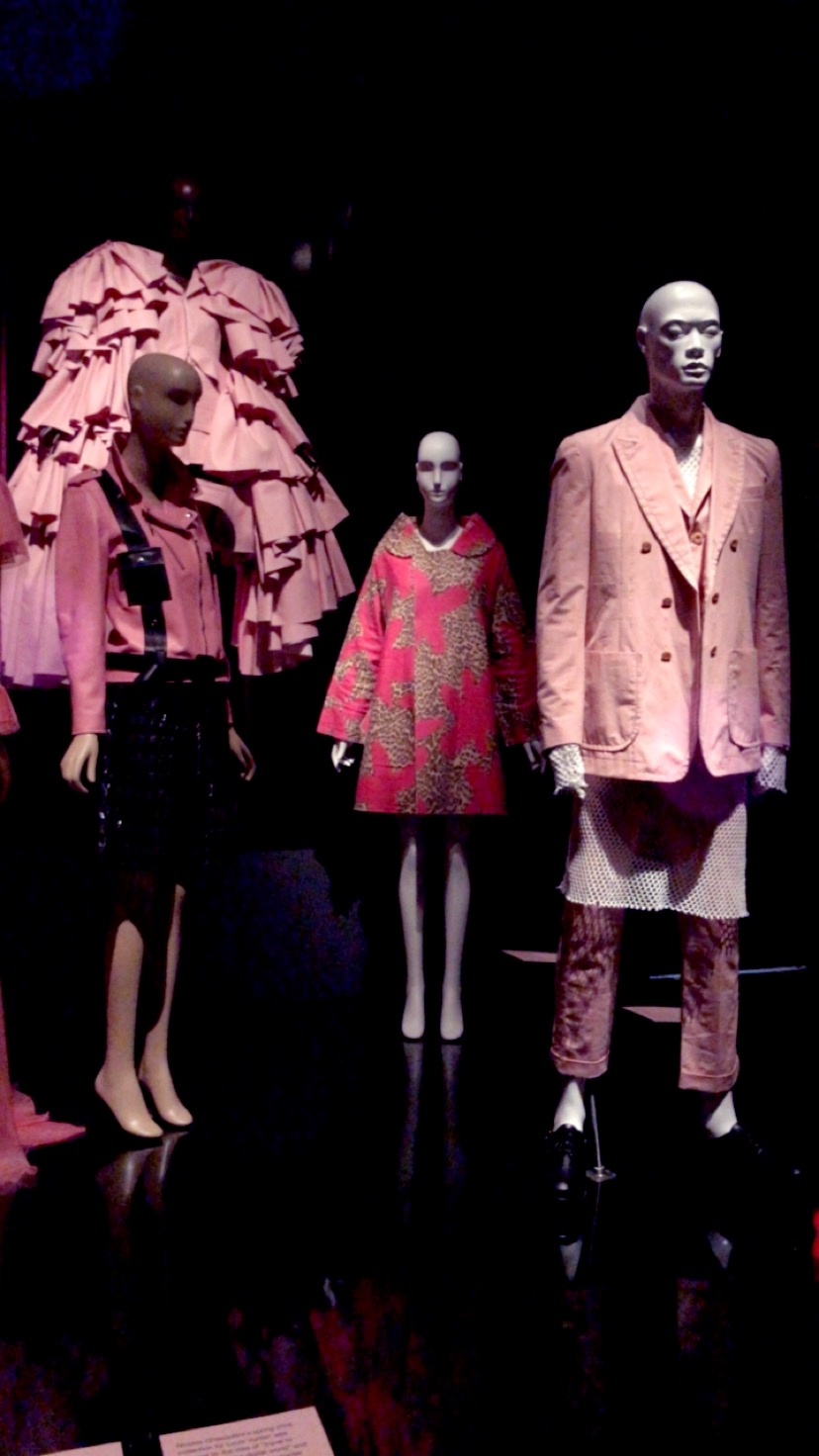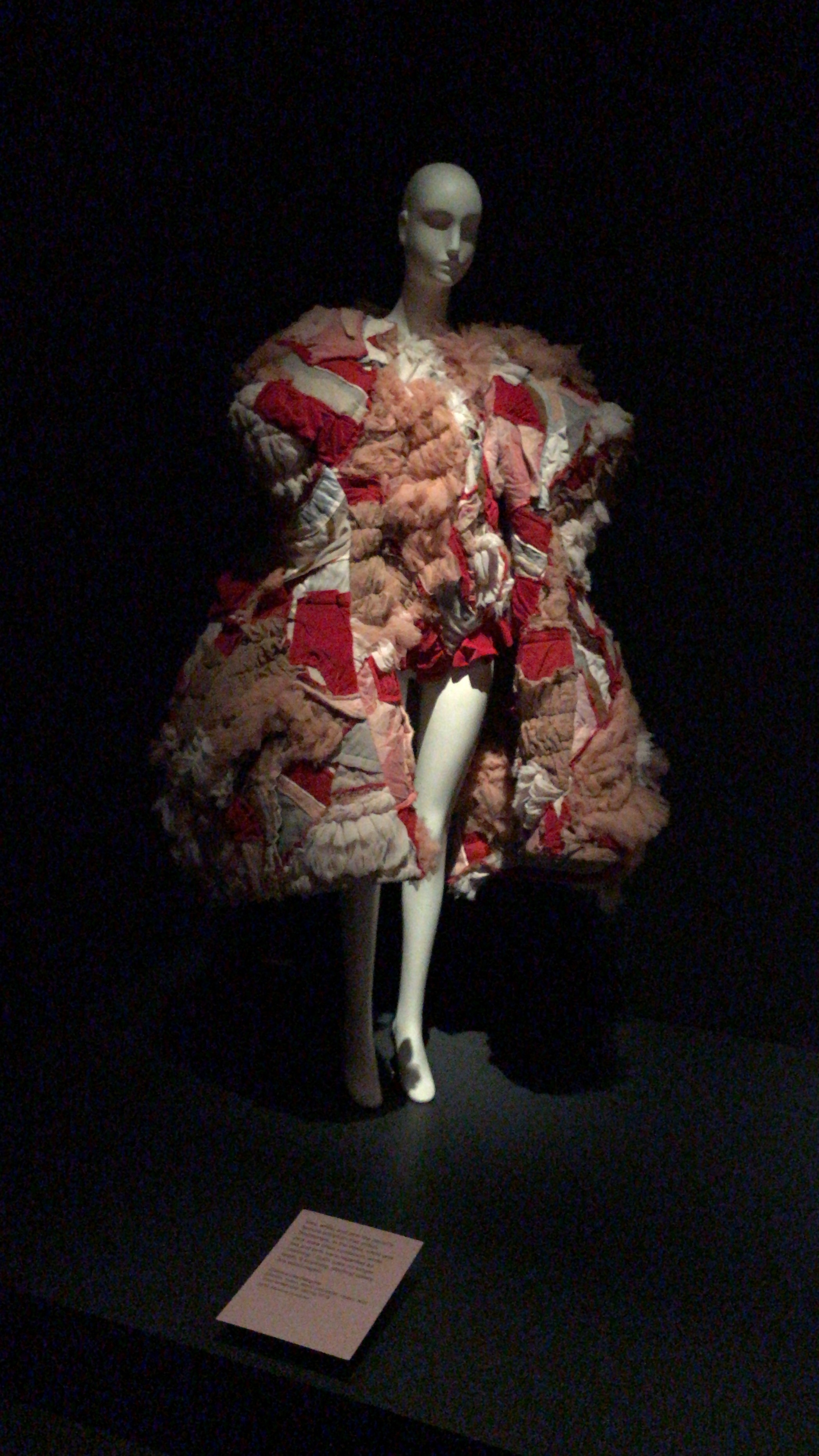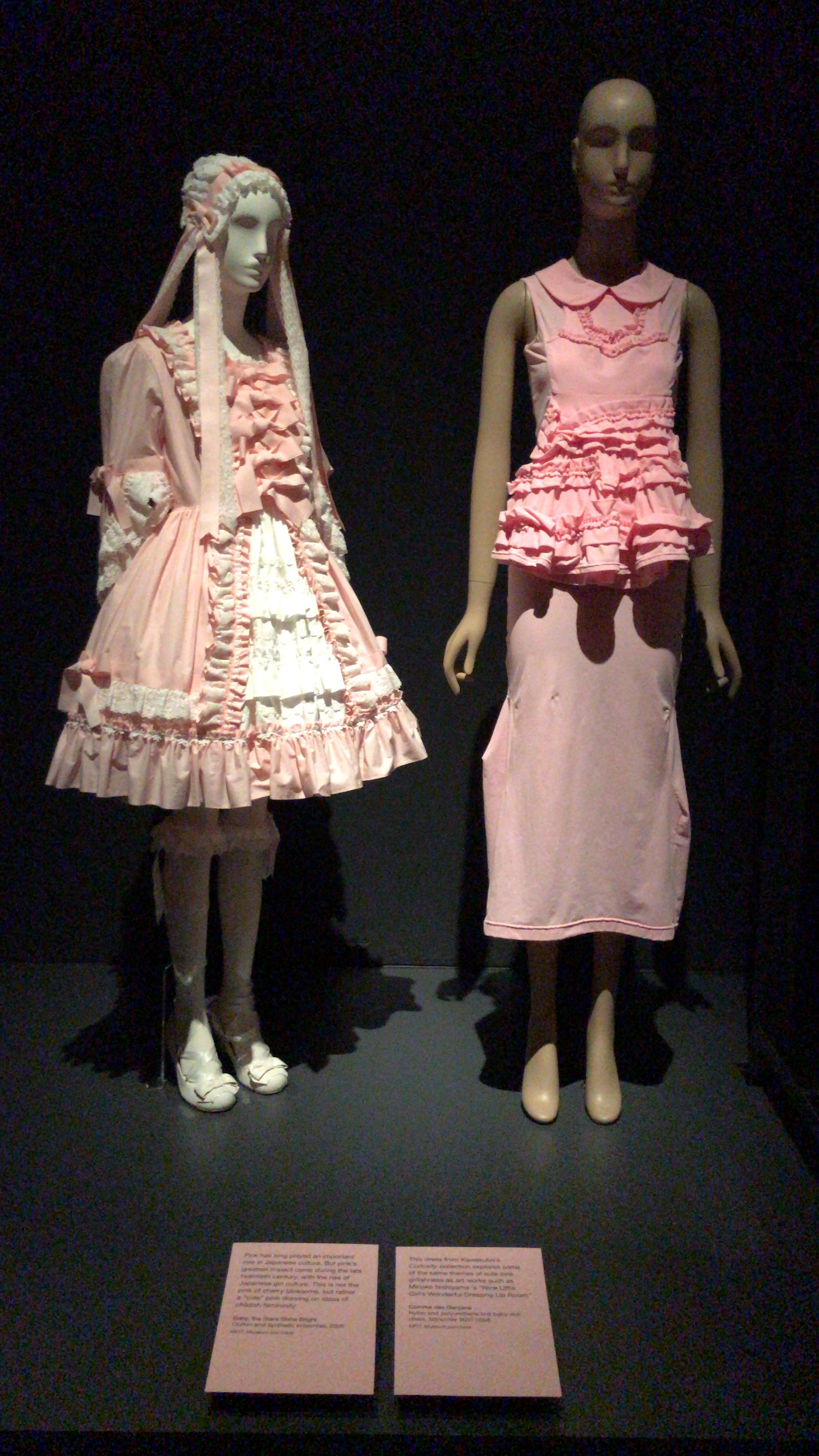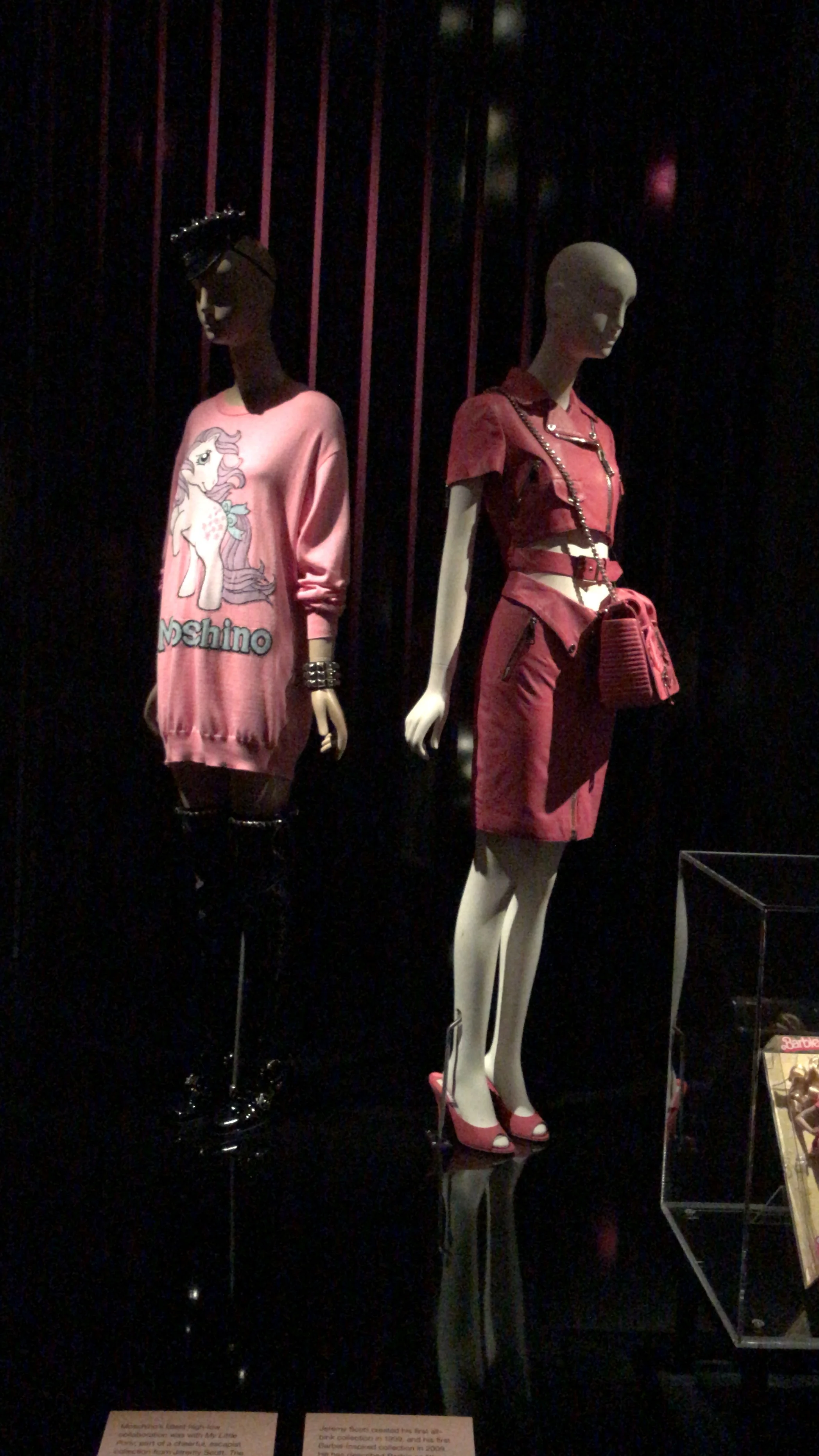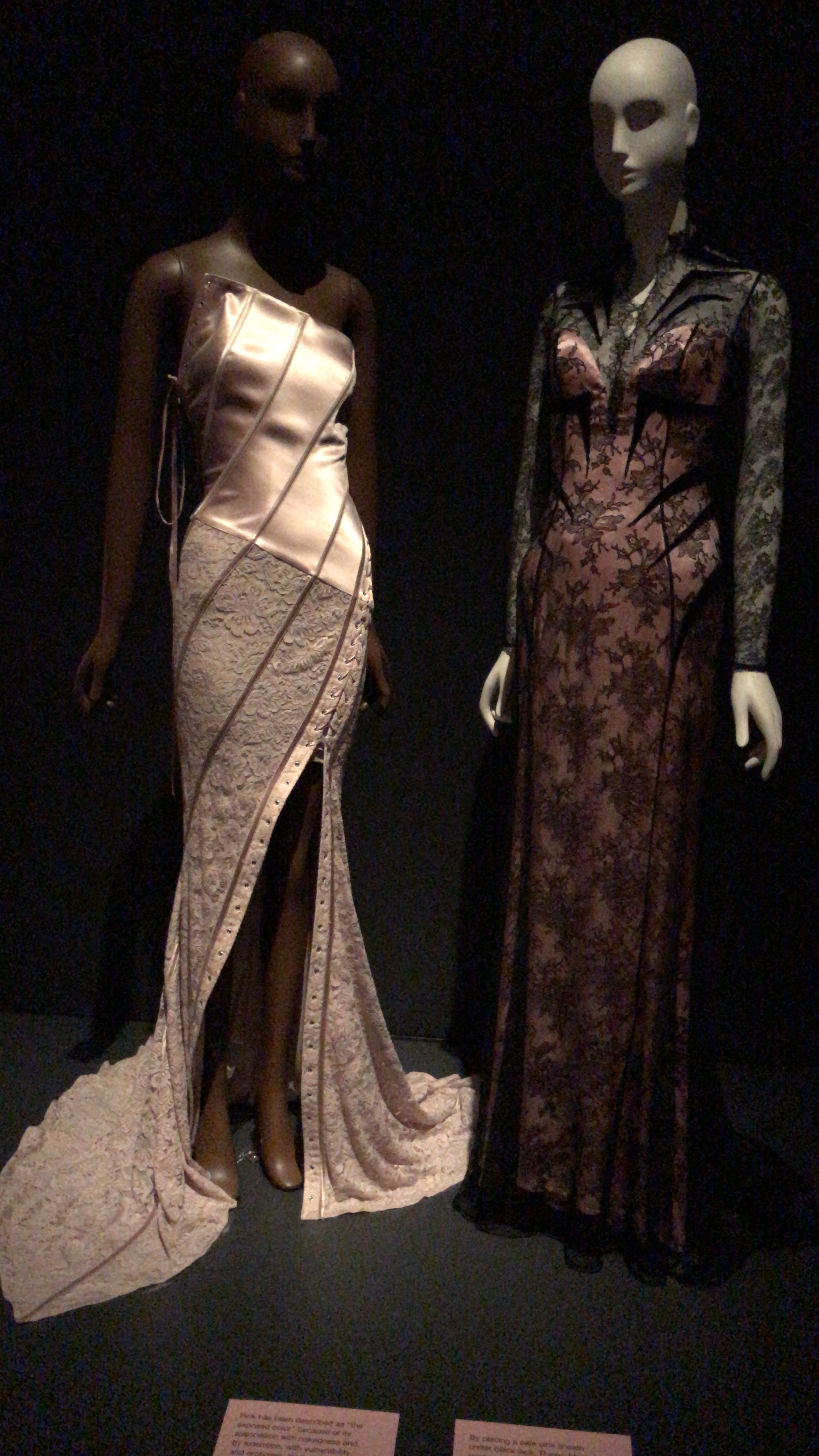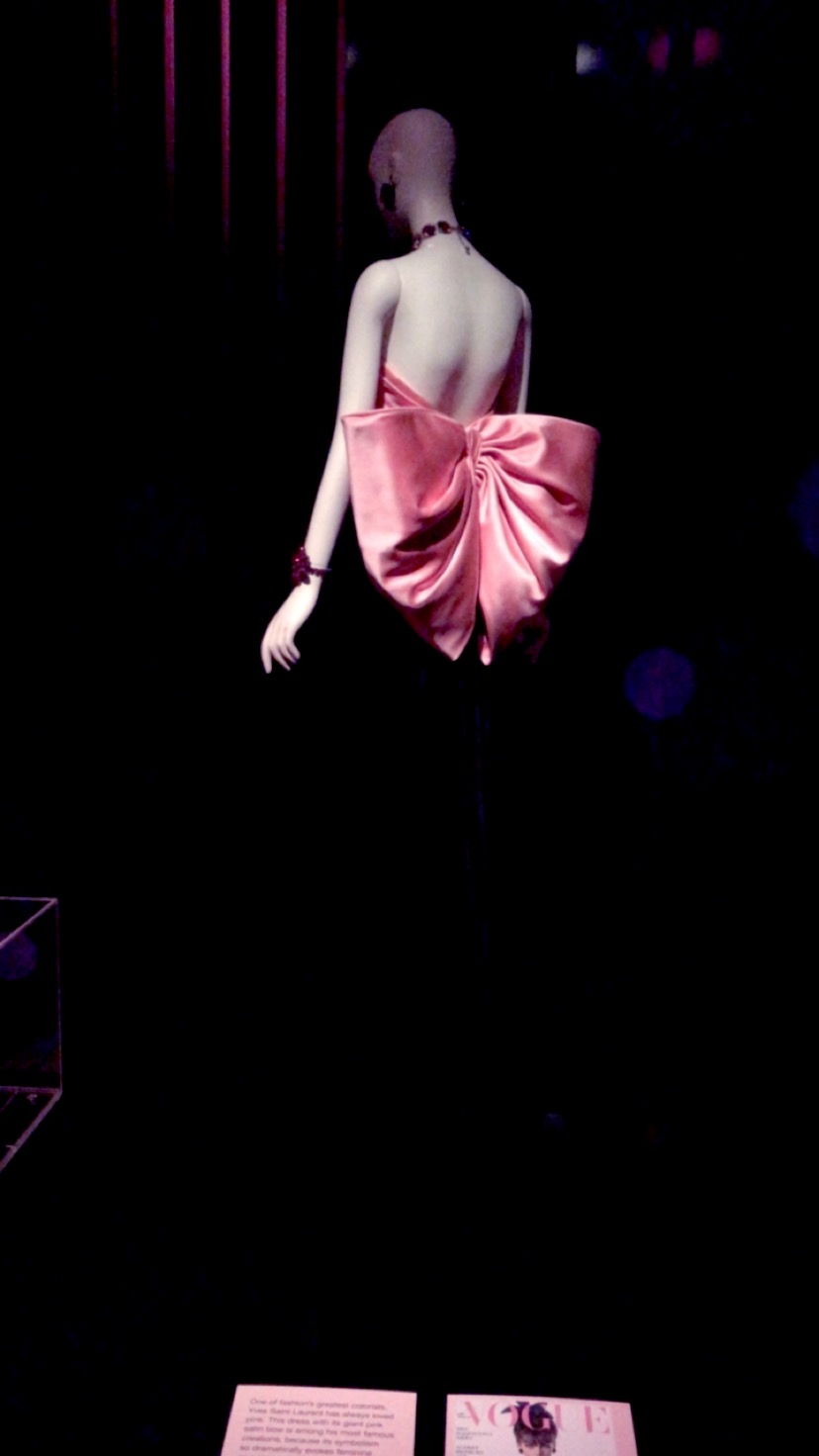PINK: The history of a punk, pretty, powerful color
September 7, 2018- January 5, 2019
Where: Fashion Institute of Technology, New York, NY
Pink provokes exceptionally strong feelings of both “attraction and repulsion. “Indeed, pink has been called “the most divisive of color.” When a journalist for the Washington Post learned that tens of thousands of protesters were planning to wear pink “pussy hats” at the Women’s March of 2017, she warned: “Please, sisters, back away from the pink.” The issues facing women are “serious stuff”, she wrote, and “cute” pink hats risked trivializing those issues.
Pink has been a recurrent theme in women’s fashion, where it has often implied different types of femininity- from sweet and innocent to edgy and erotic. Consider the names for different shades: Bay pink, ballet-slipper pink, Barbie pink, Blush pink, Bordello pink, Bubble gum pink, Candy pink, Flesh pink, Hot pink, Lingerie pink, Peach pink, Petal pink, Porcelain pink, Pompadour pink, Princess pink, and Shocking pink.
This exhibition begins by exploring the history of pink in Euro-American fashion from the 1850’s to 1990’s, when dominant paradigm could be described as “Pretty in Pink.” A diorama of pink toys, many from the 1950’s, reinforces the message. Yet the stereotype of pink-for-boys is surprisingly recent. As late as 1927, American department stores were still arguing about which color went with which gender.
In reality, the symbolism and significance of pink have varied greatly across world history, as visitors will see when they enter the second gallery. During the eighteenth century, for example, pink was the most fashionable color for both gentleman and ladies. By the nineteenth century, color was feminized, as Euro-American men adopted black suits. But in many other parts of the world, pink continued to be a unisex color. As Diane Vreeland said, “Pink is the navy blue of India.”
Pink has played an especially important role in the African diaspora and, by extension, in many genre of popular music. “Pink is the only true rock and roll color,” argued Paul Simonon, bass guitarist for The Clash. Sugar Ray Robinson’s pink Cadillac influenced Elvis Presley, and when the Harlem rapper Cam’ron wore pink mink to New York Fashion Week in 2002, he launched a lasting trend for this sign of masculine confidence.
Fast forward to 2016, when Véronique Hyland proclaimed the birth of Millennial pink, “ironic pink, pink without the sugary prettiness. “Pink was no longer “déclassé.” It was “cool and androgynous.” The name has disappeared, but pink continues to be fashionable, in part because it is not longer regarded as an exclusively feminine color. Yet it remains highly eroticized. Janelle Monáe’s single “Pynk” emphatizes the color’s association with pink parts of the body , such as lips, nipples, and genitals.
“Color is a natural, phenomenon, of course, but it is also a complex cultural construct, “writes the great color historian Michael Pastoureau. “There is not transcultural truth to color perception… It is society that ‘makes’ color, defines it, gives it meaning. “Once associated primarily with negative stereotypes of femininity, today , as i-D magazine puts it: pink is “punk, pretty, and powerful.”

